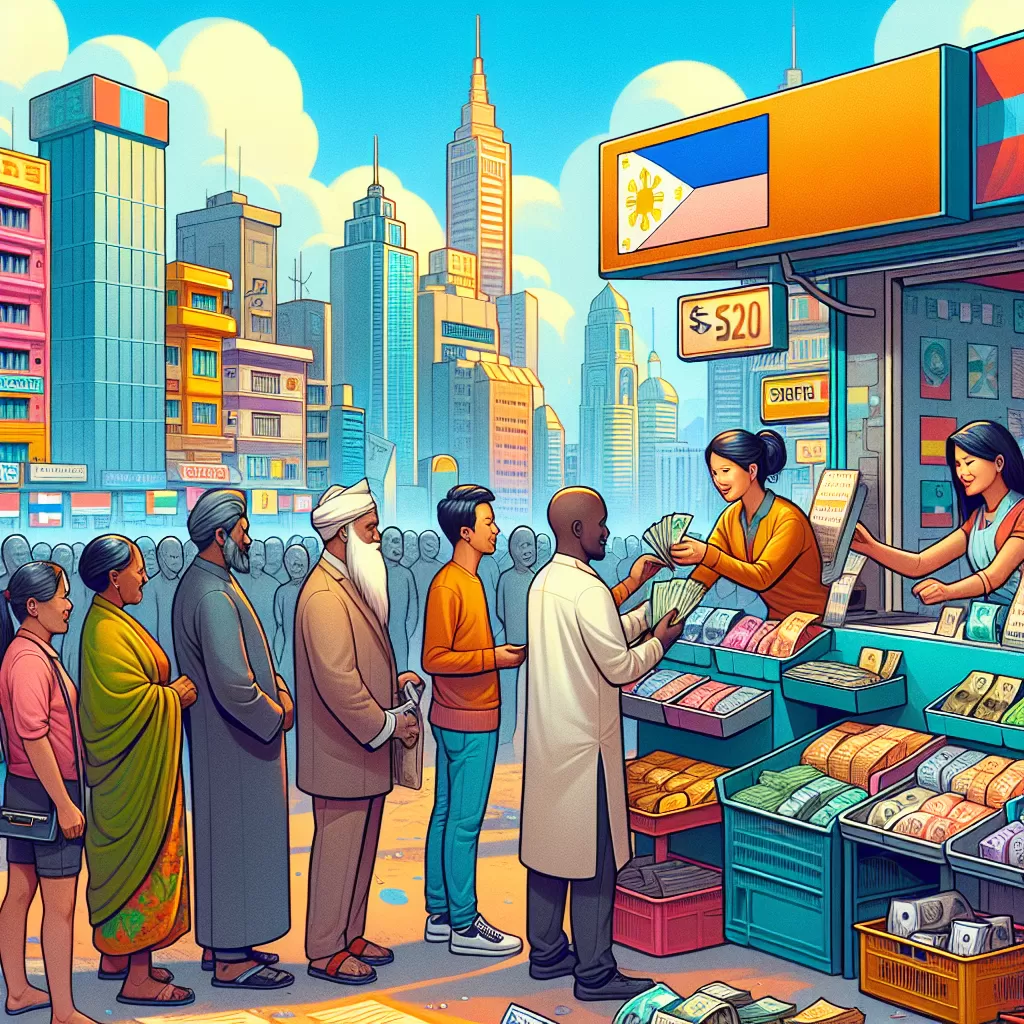How To Exchange Money In Philippines
Follow Currency Mart April 10, 2024
Where to purchase Foreign Currencies?

Introduction
Money exchange, by its very nature, is a realm filled with complexities and variables. This is especially true when the landscape shifts across borders, as with the Philippines. In this 2000-word guide, we will delve into the intricacies of foreign currency exchange in the Philippines, providing tips, options, and robust information to ensure you secure the best rates with minimal charges.Traditional Banking
Traditional banks remain a time-tested way to exchange money in the Philippines. Banks offer the safety of transactions, with their highly secure and regulated systems. However, the exchange rates may be less competitive compared to other available options. Banks often charge hefty fees for foreign transactions, potentially eating into the total amount you receive. Key banks in the Philippines include BDO Unibank, Metrobank, and Bank of the Philippine Islands (BPI), each with its policies and variations on rates and fees.Money Changers
Money changers or foreign exchange dealers frequently offer more competitive rates than banks. However, security can be a concern, particularly with less established businesses. Many certified money changers operate around the country, especially in areas with high tourist traffic. While rates may fluctuate from day to day, time spent comparing rates between money changers can pay off handsomely.Mall Based Foreign Currency Exchanges
Commercial establishments, such as malls, often house licensed foreign exchange counters. The benefit of these counters is their convenient location and secure environment. Major malls like SM Supermalls and Ayala Malls have designated foreign exchange counters, offering reasonable rates and the safety that comes with mall security.Online Money Exchange Platforms
With technology increasingly integrating into our daily lives, online platforms for money exchange have become more accessible and popular. Services such as PayPal, TransferWise, and Revolut allow you to conduct foreign exchanges over the Internet with reasonable fees. The convenience of using such platforms makes them an attractive option, although the rates may not always be as competitive as physical money changers.ATM and Credit Cards
Using ATM or credit cards overseas can be an option, providing a hassle-free way to access local currency. Major banks in the Philippines like BDO, BPI, and Metrobank have extensive ATM networks that accept international cards. However, it is essential to be aware of the fees or charges, as they can be high depending on your bank’s policies.Traveler’s Cheques
Although this option is becoming less common due to the convenience of digital transactions, traveler's cheques still have niche uses. Accepted by banks and major hotels in the Philippines, these cheques offer added security and are replaceable if lost or stolen. However, the exchange rates are often quite uncompetitive, and the process of changing these cheques can be tedious.Peer-to-Peer Exchange
Peer-to-peer exchanges involve trading currencies directly with others who need your currency. Services like WeSwap aim to connect individuals seeking to exchange currencies. However, it requires some coordination and time to find a matching currency partner. Also, it is crucial to ensure the platform’s security and reliability.Conclusion
Choosing the best method to exchange money in the Philippines ultimately depends on your comfort level with rates, convenience, and security. Always consider multiple options, conducting thorough research to ensure you end up with the most value out of your exchange while ensuring your assets are secure.
Where to purchase Foreign Currencies?